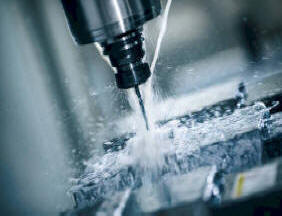 |
Humans discovered the benefits of the
application of rotary tools. This would have rudimentarily
consisted of a pointed rock being spun between the hands to
bore a hole through another material. This led to the hand
drill, a smooth stick that was sometimes attached to flint
point, and was rubbed between the palms. The earliest drills were bow drills which date back to the ancient Harappans and Egyptians. The drill press as a machine tool evolved from the bow drill and is many centuries old. It was powered by various power sources over the centuries, such as human effort, water wheels, and windmills, often with the use of belts. With the coming of the electric motor in the late 19th century, there was a great rush to power machine tools with such motors, and drills were among them. |
|
| The invention of the first electric drill is credited to Arthur James Arnot and William Blanch Brain, in 1889, at Melbourne, Australia. Wilhelm Fein invented the portable electric drill in 1895, at Stuttgart, Germany. In 1917, Black & Decker patented a trigger-like switch mounted on a pistol-grip handle. This was the start of the modern drill era. Over the last century the electric drill has been created in a variety of types and multiple sizes for an assortment of specific uses. | ||

TVET COLLEGE SUPPORT
DRILLING MACHINES